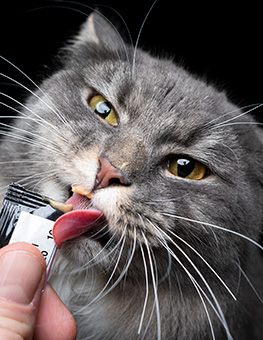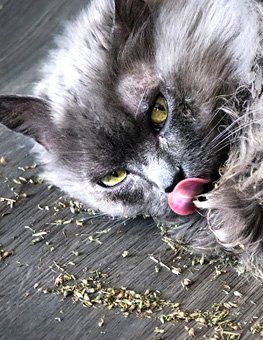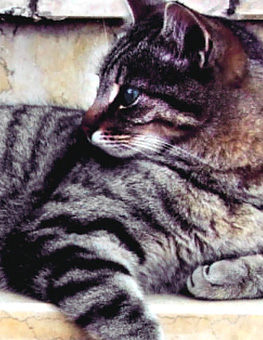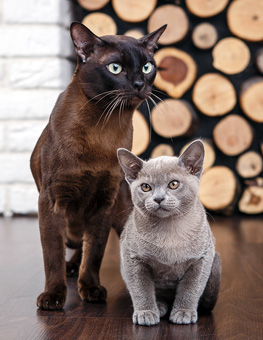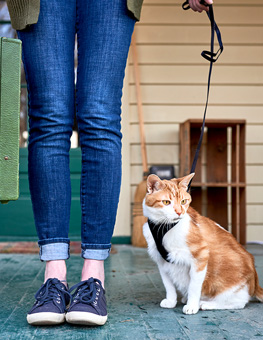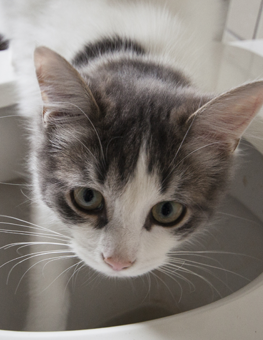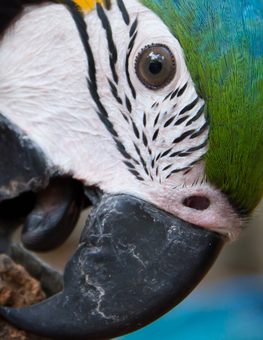How to Stop Rampant Scratching
Scratching is normal in the wild – but potentially destructive in your home.
Furniture scratching is a natural feline behavior. Your cat scratches to condition her claws, exercise, mark her territory and simply because it is fun. Remember: screaming or hitting does not correct behavior, it will only frighten her. You, as the pet parent, need to refocus this natural behavior and have her scratch where you want her to.
Invest in a scratching post or pad
Cats love to scratch rough surfaces that they can tear into pieces. Sisal has proven to be an ideal material for a scratching post. Cats tend to mark with vertical shredding movements and sisal has the perfect texture and grain. The post should be tall enough so that kitty can extend her full body and reach the top. A stable, 28-inch tall post should do the trick.
As an alternative to a bulky scratching post, consider a scratching pad. Scratching pads can be hung on places like doorknobs, so kitty can still get her stretch, but they don’t take up much room.
Post good, sofa bad
Try these training tricks to help your kitty adjust her scratching behavior:
Entice your cat to use the post.
Place the scratching post near areas where she usually scratches. Make it more appealing by rubbing catnip powder onto the post and playing with her near it. Because cats tend to scratch when they wake up, a post near where she sleeps is a good idea. More than one post may be necessary.
Discourage other scratching.
Remember, your pet has been scratching particular areas to mark her territory and because it is fun. For starters, remove the odor of your cat from the area with a specially formulated pet deodorant. Next, cover the area with aluminum foil or double-sided tape – this will not feel good to scratch. Spraying the area with a specially formulated deterrent should also help.
Trimming — not declawing
- Trim your cat's claws. Trimming her nails can make her scratching less destructive.
- Declawing is not the answer. Declawing involves removing the last joint of the cat's toe. This irreversible procedure is known to be painful and can result in a myriad of complications.
- A cat's claws are essential for balance and mobility. Throwing off her ability to teeter and jump is counter to your cat’s natural motion.
- Claws are your pet’s first line of defense. If your rationale to declaw you cats is that "she will always remain inside," an accidental slip out the front door will leave her defenseless.
Understanding your cat’s need to scratch will help you and your cat sort out alternatives to destroying your couch, curtains and other valuables.



